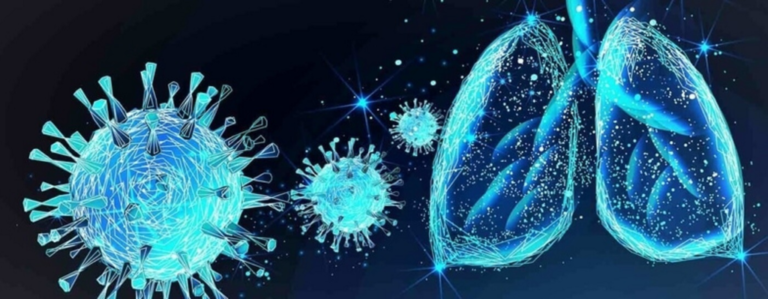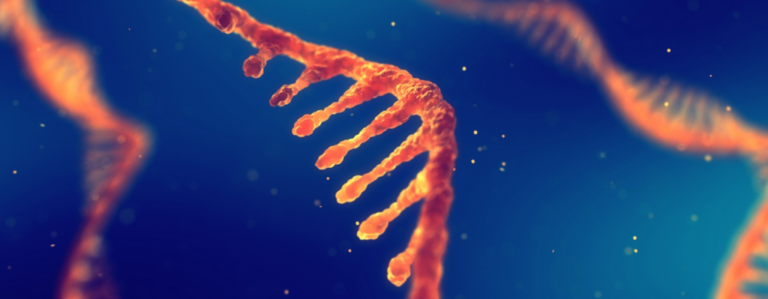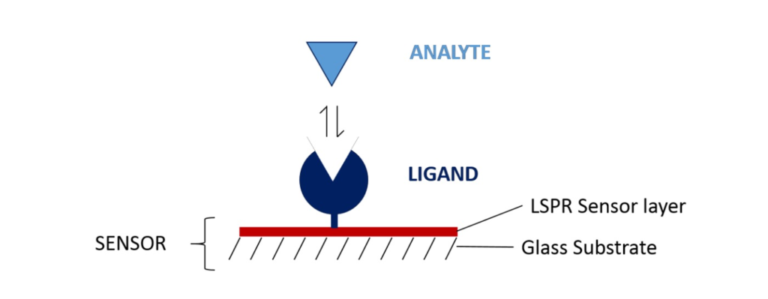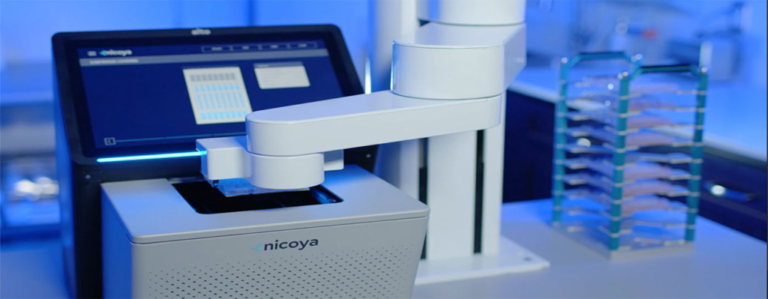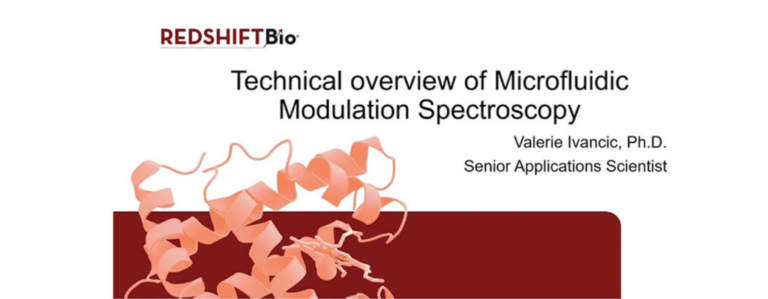Ask an Expert: Quantifying rAAV and Other Viral Vector Quality Attributes with Multi-angle DLS and Nanoparticle Tracking Analysis
Quick, label-free methods with minimal sample prep for simultaneously measuring rAAV aggregation, capsid charge, and particle concentration. Date recorded: July 15, 2021 Viral vectors, such as Recombinant Adeno-Associated Viruses (rAAV) Adenoviruses (AV) are increasingly being used in the development of gene therapies and vaccines. The efficient development of viral vectors order to develop effective therapies and…
